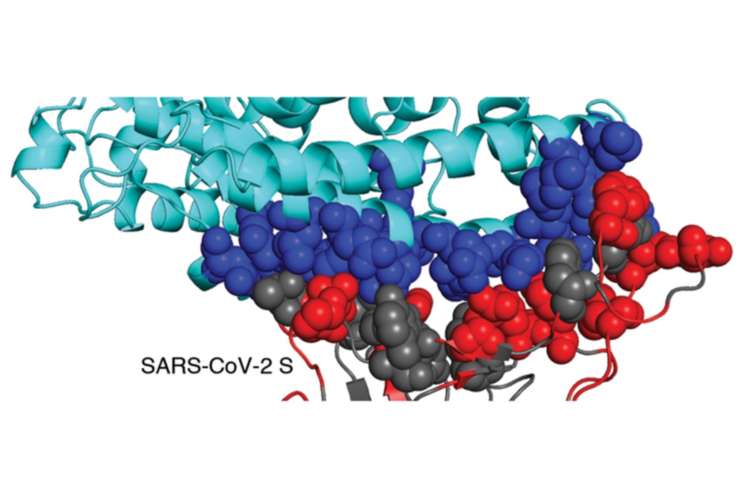Researchers from the University of Kent, Goethe-University Frankfurt am Main, Germany, and the University of Marburg, Germany, have identified a drug combination with the potential to provide a treatment for COVID-19.
The international team led by Professor Jindrich Cinatl (Institute of Medical Virology, Goethe-University), Professor Martin Michaelis, and Dr Mark Wass (both School of Biosciences) compared SARS-CoV-2 (the coronavirus that causes COVID-19) with its close relative SARS-CoV (the virus that caused the SARS outbreak in 2002/03) in a combined computational and cell culture study.
The work identified substantial differences between the two viruses. They differed in the type of cells that they could infect and in their drug sensitivity profiles. Drugs active against SARS-CoV are not always effective against SARS-CoV-2. Mark Wass said: “These two closely related viruses still seem to differ in many ways.”
The approved protease inhibitor aprotinin (used against bleeding during complex surgery) was active against SARS-CoV-2 in the same therapeutic concentrations used to treat patients. Aprotinin aerosols are approved in Russia for the treatment of influenza, hence similar preparations may be used to treat COVID-19. The efficacy of aprotinin was further enhanced when used in combination with the drug omeprazole, a proton pump inhibitor often used to treat heartburn. Omeprazole also increased the anti-SARS-CoV-2 activity of remdesivir, an antiviral drug that is currently being investigated for the treatment of COVID-19 patients.
Martin Michaelis said: “This is promising. Aprotinin and omeprazole show activity against SARS-CoV-2 in concentrations that can be achieved in patients. Since these are drugs with known clinical profiles, they could be quickly tested in COVID-19 patients.”
Find more on this story at the University of Kent’s News Centre.
Image: Molecular detail of how the spike protein on the surface of the SARS-CoV-2 virus (red and grey) interacts with the ACE2 receptor protein on human cells (blue and cyan). This interaction is an essential step for infection.

